Abundant with nutrient-rich fodder and not far away from Srinagar, the major Kashmir market, a cluster of villages in Pulwama have emerged as key milk suppliers. Offering financial stability, and a better socio-economic profile, the cattle breeders, however, have a challenging and hectic lifestyle, reports Rafeeq Ul Islam
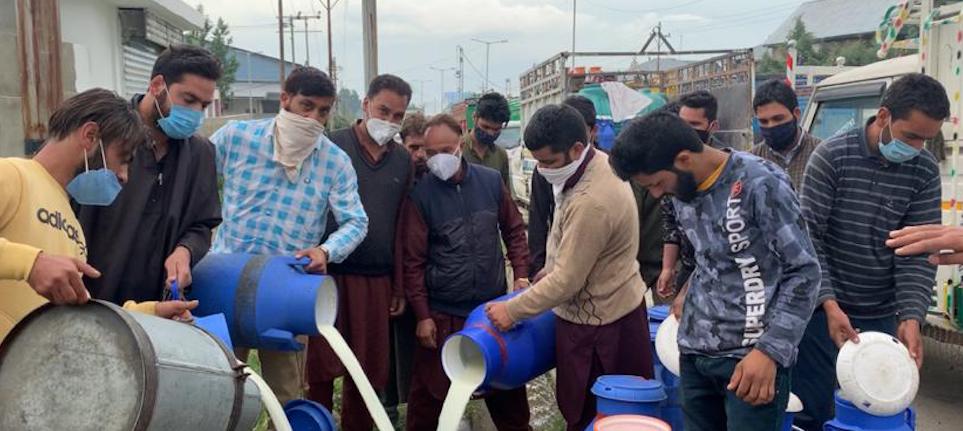
For the people associated with the dairy sector, the day starts with the Muazin’s call for Fajr prayers, in certain cases slightly ahead of that. By the time, the prayers are over, these people have their tankers stuffed with milk and they start their day. They have to reach the city slightly ahead of the Srinagar housewives to start preparations for breakfast.
“In summers, we have to be fast,” one milkman explains. “Unlike winters, there is a strong possibility of the milk quality compromising fast and getting waste.”
For the milkmen in a vast cluster of Pulwama villages, the few morning hours are very hectic. The first job is going from door to door and collecting the surplus milk. The next is to store them in perfectly cleaned containers. In certain cases, they have to use lactometers to check the purity of the milk they purchase. Then the containers are loaded in trucks or in certain cases the major tankers that buyers send. Then the travel starts towards Srinagar, the main consumer of the bulk of milk that Kashmir periphery produces.
They had to make extra efforts during the days when Kashmir used to witness grave law and order issues and during Covid19 lockdowns. “We used to leave our homes in the dead of the night so that nobody sees us,” one young milk supplier to the city explained. “There would be issues on our way back home but we would manage.” Initially, they had stopped supply but the milk producers started reporting massive losses and the demand in Srinagar was not managed.
This is just the routine of hundreds of people from Pulwama’s milk-producing cluster. The area has already been declared as ‘Anand of Kashmir’ as it is the biggest producer of milk-producing an estimated 7.5 lakh litres of milk per day.
An early morning visit to the area offers an idea about the extent and spread of the milk supply sector. Almost everywhere there are tankers and can-carrying people. In almost every village in and around Pinglena, there are men, women and children busy with different processes.
The Area Advantage
Experts at the Animal Husbandry Department said the South Kashmir districts Pulwama and Shopian lie in the good topographic zone and have orchards full of nutritious fodder grasses rich in Calcium, Magnesium, Phosphorous and very low oxalate content. This makes it easier for the people to rear livestock.
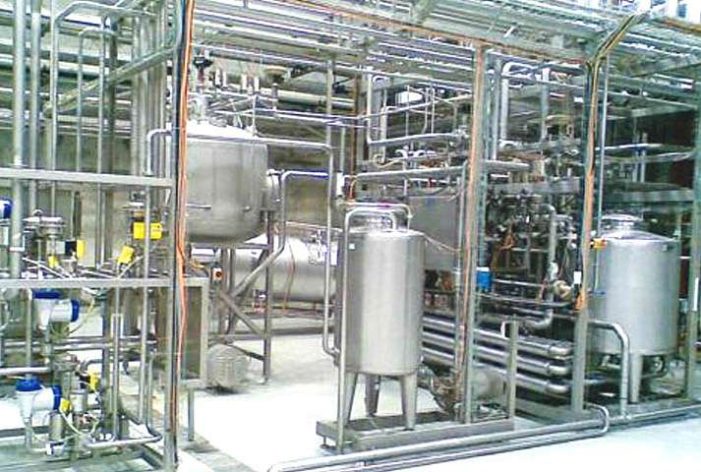
Unlike Pulwama, the Shopian periphery does not find it attractive to get into dairy. “It is correct that the orchards lands are hugely fertile and produce grasses that we need to harvest at least thrice in a year,” Waseem Ahmad, in a Shopian village, said. “The problem is the fodder is so huge that there are no takers. It costs us to get it harvested and destroyed.”
Ahmad said at one point in time, the families had started rearing sheep within the orchards. “The crisis was that the population of dogs has gone so up that they attack these small flocks and kill,” Ahmad said. “This discouraged people from getting into the backyard sheep raring. Even people have stopped having a cow at home. Now, you will see, one in 10 households must have a cow.”
Feeding a cow is not that easy. It takes almost one person to manage the fodder and other things and then milking the cow is another major issue. Most of the cow breeds being reared in the region are very costly and offer a lot of milk. “I have only one cow and I sell almost 30 kgs a day.”

This is slightly different in Pulwama village, which ideally suits the dairy and is literally less than half the distance away from Srinagar in comparison to Shopian. Off late, the authorities have encouraged start-ups to experiment with various milk-linked products including curd, creams, confectionaries and sweets. The major failure of the policymakers, however, is their inability to convince the grass-abundant Shopian periphery to get into the sheep and dairy sector.
Animal Husbandry Department managers in Pulwama said they estimate almost 40000 families have enough milk that they sell the surplus. However, the registered number of dairy farms is 89.
Financial Stability
“Livestock raring has always been key to financial stability,” Rayees Ahmad Wani, whose family has been rearing cows and sheep since his childhood. “It was always there but the commercial aspect has added to the scale.”
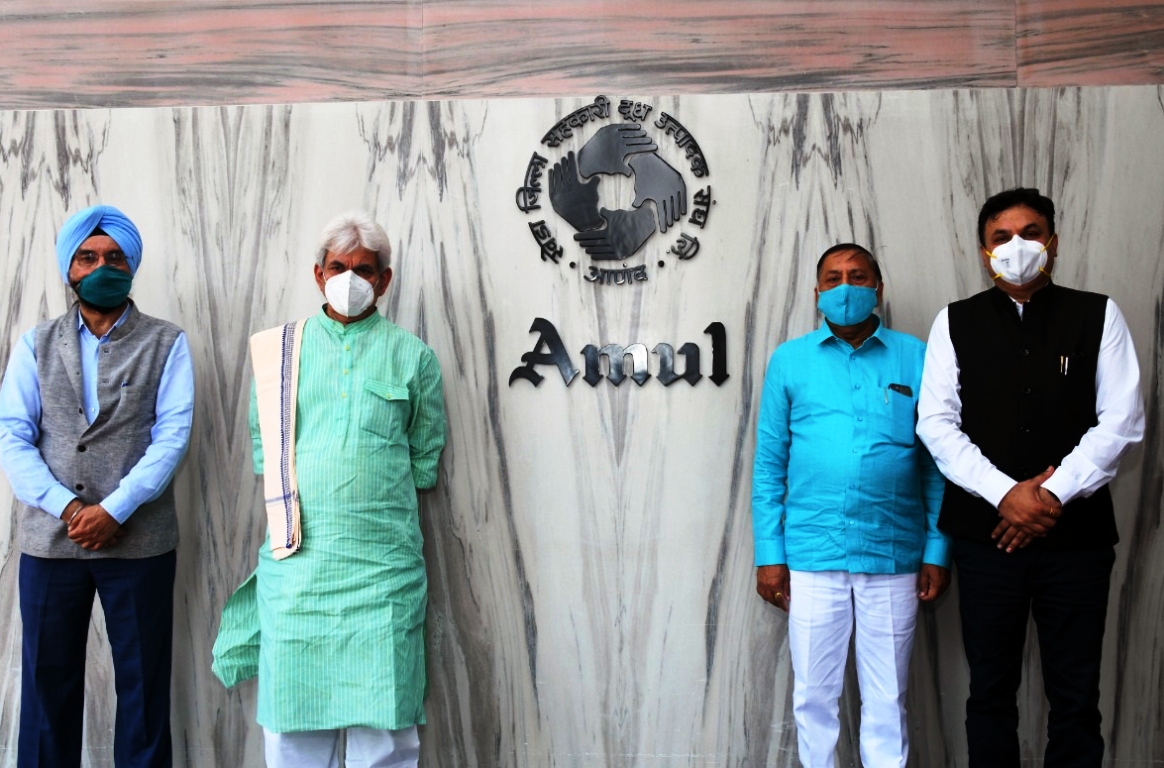
Given the milk-growth story, some well-read youth have also started investing in the sector. Some have set up Milk ATMs and few are on dairy farms and many others run collection centres.
Since the dairy sector is directly linked with transport, hundreds of young men stand adjusted within the industry in operating the minivans and trucks used to carry the milk products and ferry the milkmen. Now major milk suppliers have their own carriages.
The Economy
Officials at Animal Husbandry Kashmir say the overall revenue generated from the dairy industry stood at Rs 2.62 crore per day. “The dairy industry of the district is indeed booming,” Dr Mohsin, who recently assumed the charge of Chief Animal Husbandry Officer Pulwama, said. “This has emerged as a no-frills and regular source of income for the households involved in the farming.”
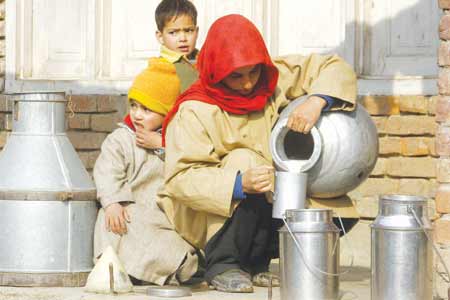
However, the other sources suggest it is too huge a sector. In his recent meeting with Lt Governor Manoj Sinha, Gujarat Cooperative Milk Marketing Federation (Amul India) Managing Director Rupinder Singh Sodhi sought a suitable piece of land to set up a new dairy plant in Srinagar. Insisting that the implementation of the Integrated Dairy Development Scheme has resulted in registering a three-time increase in the milk procurement of JKMPCL in three years, Sodhi said they are eyeing to achieve Rs 325 crore turnover in 2022. In the last two years, Amul India alone procured milk worth Rs 350 crore in Kashmir.
Amul India, it may be recalled here, is just one stakeholder in milk procurement. There are at least a dozen odd players including Khyber, who seek supplies and in certain cases, they source their requirements from Jammu.
Cattle-rearing is a huge stress-busting occupation that fetches sustainable incomes. “A study has shown that the suicide rate in the farmers with no involvement in the livestock was much higher as compared to those involved in the sector”, Dr Zahid Bashir, a veterinary surgeon said. “It helps people stay better and healthy.”
Ghulam Ahmad Dar, 65, a villager said that cattle-raring is a subsidiary occupation for most people and not the primary one. “Our involvement ends with the sector during wee hours when the milk is given to the collector,” he said, “The rest is managing fodder, which is just a routine in villages.”
The Breeds
The larger reality is that the number of cows must be historically down right now in Kashmir. At the same time, however, milk production must be the highest. The game-changer is the introduction of high-yielding bovine varieties.
With the ploughing over, there is no requirement for bulls. Now the families get the high-yielding cows artificially inseminated at the veterinary. Now people are choosy about the variety they wish to take home. Right now, Holstein Friesian (HF) and Jersey are the most preferred breeds.
Riyaz Ahmad Hurrah, a bovine trader says that the HF breed is the most preferred breed because of its capabilities and other characteristics. “People obviously prefer the cross breeds particularly HF because of their enhanced milk production potential”, says Riyaz. These cows, however, are delicate and very complicated and require 24 x 7 care, unlike the traditional cows.
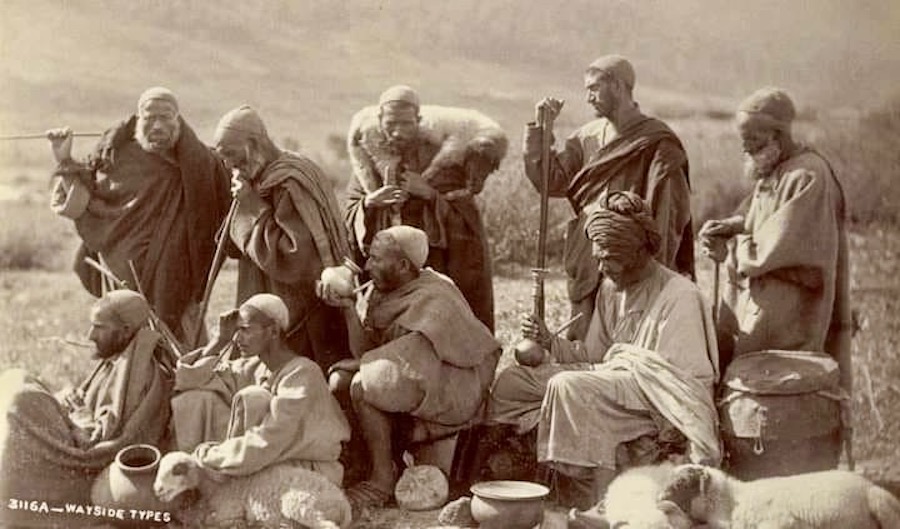
The Market
In the last few years, the milk price per litre has increased substantially. Certain services that deliver the farm fresh milk at home cost a fortune. Bashir Ahmad Wani, a milkman for the last 20 years said the price is based on purity and quality.
“We decide the rates on the basis of the quantity of fat in the milk, for instance, Holstein Friesian breed produces milk which is rich in fat and draws the highest rate of Rs 35 a litre”, says Bashir. “The rates keep fluctuating and therefore the rates differ in urban and rural areas. Transportation is a major addition to the costs.” The rates set up by the Consumer Affairs and Public Distribution department is Rs 45 per litre.
The Flip Side
Dairy farmers rue the apathy of the government towards the sector. They allege that the sponsorships and subsidies are no help. Instead, they suggest schemes aimed at improving the infrastructure and adequate affordable feeds and fodder.
Zeeshan Danish did his MBA and set up a dairy farm in 2013. He understands the problems the sector is facing clearly. “The rising prices of feed and fodder, buying the raw material from outside Kashmir make it difficult for a farmer to sustain,” Danish said. “The government must back up the entrepreneurs not only by providing the subsidies for buying the animals but reducing the costs of raring them.”
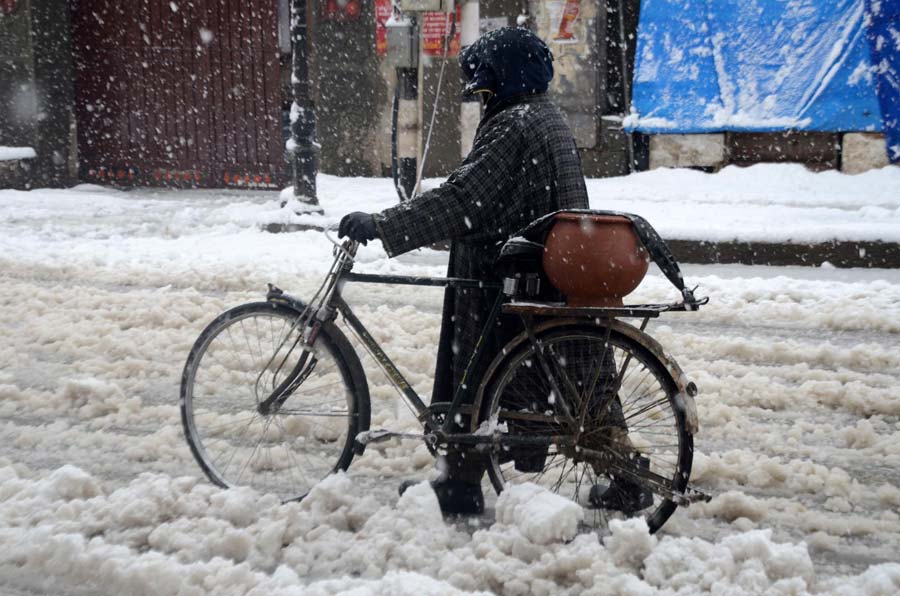
However, Dr Zahid said there are numerous schemes launched by the Animal Husbandry Department to support the entrepreneurs.
“Integrated dairy development scheme (IDDS) is a scheme which not only focuses on providing financial assistance but also supports the dairy producer by providing milking machine, bulk milk cooling unit at half the cost,” Dr Zahid said. “The scheme also provides paneer making machine, khoya making systems, dahi making, cream separator, and ice cream making machine, butter and ghee making machine, milk van, milk ATM as well.”
Besides, Dr Zahid said there is Dairy Development Scheme (DDS), Feed and Fodder Development Scheme (F&FDS) and Animal Husbandry Infrastructure Development Fund and it is open to every dairy farmer.















